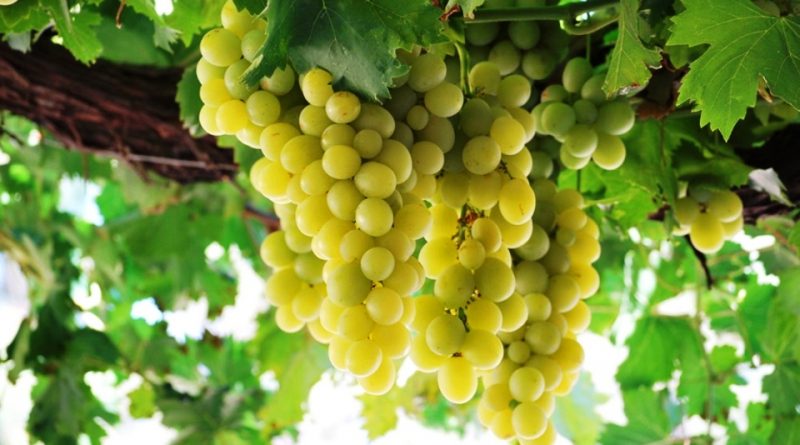How to graft the vine
How to graft the vine
One of the most important techniques, or at least for the beginning of an optimal cultivation of the vine, is grafting.
The grafting technician performs various functions, some of which are qualitative. Others of a sanitary nature.
The grafting allows to obtain vine plants more resistant to attacks by pests and diseases and capable of producing high quality grapes.
It should be pointed out immediately that, given the enormity of the grapevine panorama of the vine, the same type of graft is not always applicable to all plants: typology, use of the fruit and system of growing the vine, in fact, are all elements that must be into consideration when deciding to graft the vine.
Let’s say right away that when we talk about grafting the vine, there are many elements to be taken into account and the first of these is the variety of lives with which we are dealing.
It is known, in fact, that not all screws need clutches; those that are born in turn from a graft do not need this practice, while the varieties born from seed must necessarily be grafted.
In a nutshell, the varieties of wild vines, which also include Italian and American vines, need grafting, but great attention must be paid to the qualities of plants that will be grafted together.
Furthermore, we know that the American vine is particularly resistant to phylloxera and is often used as a rootstock for the propagation of new European vine plants since they are plants belonging to the macrocategory of wild vines and used for the production of grapes and wine.
Furthermore, mixing this type of vine with a variety such as the Canadian ornamental one would have no benefit.
Grafting technique –
However, even if there are different ways of grafting the screw, there are general considerations that must always be respected.
First of all, when starting to approach this technique it is advisable to be very careful not to cause damage to the vineyard courtship; clean and precise cuts must be made, so that the scion (i.e. the branch that will be inserted in the other plant that must have 1 or 2 buds) and the rootstock (i.e. the plant that will provide a new root system to the scion) are engraved to perfection, in order to obtain a total adherence, which allows a perfect engraftment.
For this reason, the tools to be used when grafting the screw play a fundamental role for the success of the operation.
In general it is necessary to have a very sharp knife, previously disinfected, putty, a rope (or raffia) and pruning shears.
As mentioned, the ways of grafting the vine are many and the choice is not a very simple thing as it is linked to many factors.
In general, however, there are two types that give the best results:
– Double split graft;
– Omega graft.
Double split coupling –
The double-split graft, which is also a technique used for olive trees, is relatively simple and consists in cutting the largest branch of the plant and then creating two oblique incisions: the first will serve to make the surface of the cut smoother, the the second (which must be about half the length of the first) will create two tabs in the rootstock.
The graft will then take place by interlocking, making the tongues of both plants match, binding the parts, taking care not to throttle the branch and isolating the uncovered surfaces with mastic.
Omega graft –
In this technique we exploit the fact that the outflow of lymph is stabilized, which you allow, in the vine, and a good healing.
It is in fact the type of cut that allows limiting the escape of sap, which is in the shape of an eyelet.
At this point, the scion with the buds, carved, so that it fits perfectly in the concave part of the rootstock, is matched with the plant that will host it.
In this way, to weld the graft, it will be necessary to tie the cutting point with rope or with insulating tape, just as it will be very important to spread mastic on the end of the graft.
Grafting period –
There are more suitable periods of the year for grafting the vine, but they depend a lot on the type of graft you intend to do.
In fact, if you want to proceed with an omega graft, the best time is that of the vegetative rest of the plant (therefore the months of October and November), while if you want to take advantage of the double split technique you will have to wait for summer.
Ultimately if you want the grafting of the vine to be successful, there are few, but essential, conditions to be respected:
– the first is that nesto (lower part) and rootstock (upper part) must perfectly overlap and fit together;
– the plants chosen must be related for a total engraftment and avoid dangerous decompensations;
– correct choice of the period for propagation which, as mentioned, is linked to the type of graft;
– make clean cuts and with disinfected tools to prevent the plant from getting sick or suffering anyway.

